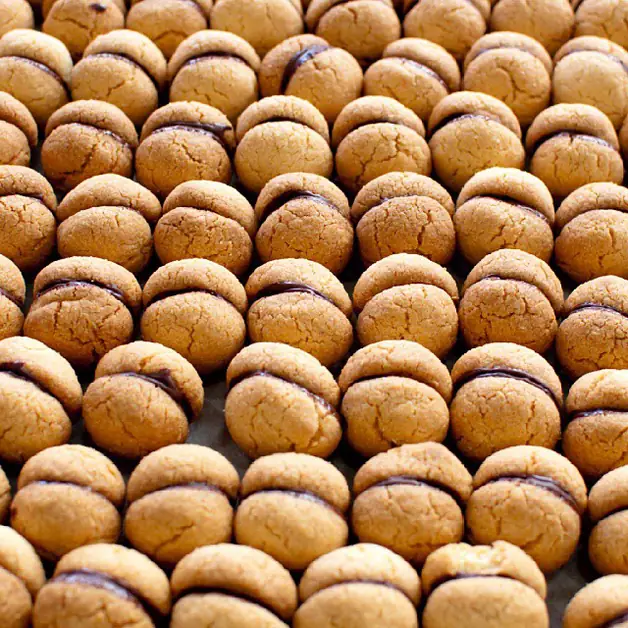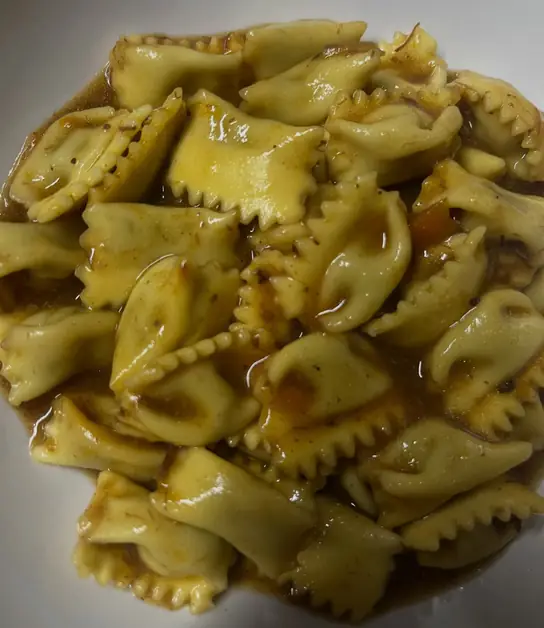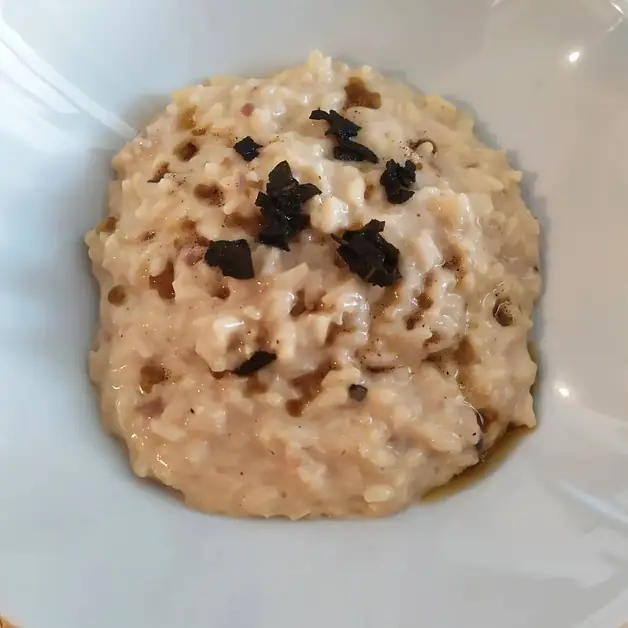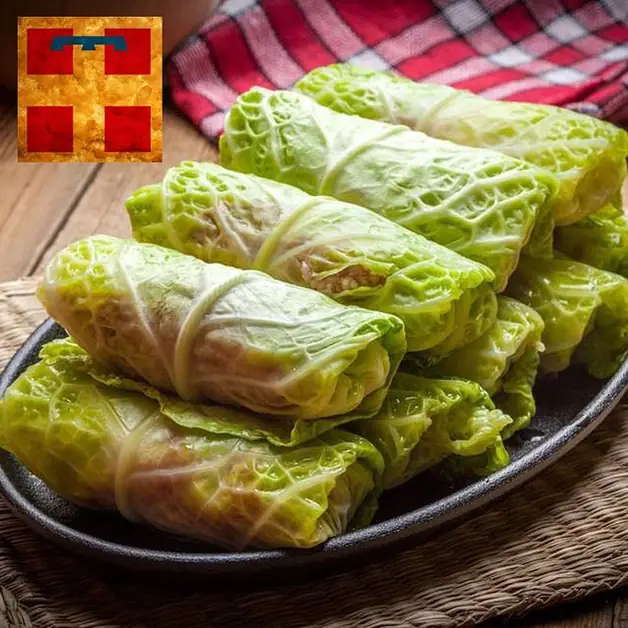Maccagno a mountain cheese to discover
Maccagno is a typical cheese from the Biella mountains, an excellence of Piedmontese toma.
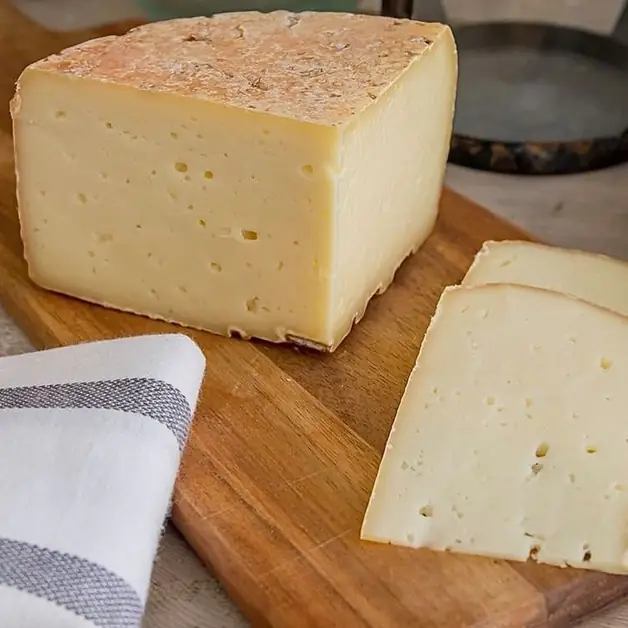
What is Maccagno?
Maccagno is a typical cheese from the Biella mountains, considered a true cru of excellence of Piedmontese toma. Its name comes from Alpe Maccagno, located under Monte Cossarello, north of Biella. It is a cheese that perfectly embodies the dairy tradition of the Piedmontese alpine valleys and represents one of the most authentic expressions of the gastronomic culture of this region.
Where does the name Maccagno come from?
The name Maccagno comes from the homonymous alpine pasture, an area of high-altitude pastures where cheese production has been practiced for centuries. These pastures, rich in mountain herbs and flowers, give the milk a unique fragrance, which is reflected in the taste of the cheese. Maccagno is thus born in an uncontaminated natural context, where pastoralism is still carried out according to traditional methods.
When did Maccagno production begin?
The production of Maccagno originated in the eastern valleys of Biella, but over time it spread throughout the province. Since the Middle Ages, the populations of these mountains have dedicated themselves to processing milk to preserve it longer, giving rise to a great variety of toma and alpine cheeses. Maccagno, with its superior quality, soon became the symbol of this tradition.
What are the characteristics of Maccagno?
Maccagno is a semi-hard cheese made from whole raw cow's milk. Its rind is thin and regular, light straw yellow in color, while the paste is compact but elastic, with small regular holes. The internal color varies from ivory white to pale yellow, depending on the production season.
The flavor is intense yet balanced, with sweet and slightly buttery notes that evolve with aging. The aroma is delicate but persistent, with hints of alpine herbs and fresh milk.
How is Maccagno produced?
The production of Maccagno still follows traditional methods, passed down from generation to generation:
1. Heating the milk: whole cow's milk, freshly milked, is brought to a temperature of about 35°C. 2. Adding rennet: natural rennet is used to promote the coagulation of the milk. 3. Breaking the curd: once formed, the curd is broken into small granules and heated to promote the whey drainage. 4. Pressing: the mass is collected, placed in molds, and pressed for several hours. 5. Salting and aging: the forms are salted dry or in brine and left to mature for at least 60 days in cool, humid places, where they develop their characteristic aroma.
Aging can be extended up to 6-8 months to achieve a more decisive and complex flavor.
Where is Maccagno produced?
Maccagno is mainly produced in the Biella valleys, particularly in the areas of Oropa, Rosazza, Piedicavallo, and Sordevolo, but also in other mountainous areas of Piedmont. The pastures located between 1,200 and 2,000 meters above sea level offer ideal conditions for raising cows and producing high-quality milk.
During the summer, production focuses on the alpine pastures, while in winter it takes place in the valley stables. This seasonal cycle ensures a variety of aromas and flavors that change with the time of year.
What is the difference between Maccagno and common toma?
Maccagno stands out from other Piedmontese tomas for the quality of the milk and the precision of the processing process. It is a finer and more aromatic cheese, with a softer paste and a more harmonious flavor. It can be defined as the cru of Biella tomas, an excellence recognized by connoisseurs and chefs.
What are the recognitions and curiosities about Maccagno?
Maccagno is a legendary cheese also for its illustrious admirers. It was indeed the favorite cheese of Queen Margherita of Savoy, known for her passion for Piedmontese specialties, and Quintino Sella, a statesman and minister of the Kingdom of Italy, as well as the founder of the Italian Alpine Club. Both contributed to making Maccagno known beyond the borders of Piedmont.
How is Maccagno tasted?
Maccagno lends itself to various consumption methods. It can be enjoyed fresh, when the paste is still soft and sweet, or aged, for a more decisive and aromatic flavor. It is perfect as a table cheese, but it is also used in the kitchen to prepare typical Piedmontese dishes such as:
fondue and polenta with melted cheese; gnocchi or risottos with cheese; crostini with melted Maccagno and mountain honey.
Its versatility makes it a valuable ingredient to enhance traditional and modern recipes.
What wines pair well with Mccagno?
Maccagno pairs perfectly with medium-structured Piedmontese red wines. Among the best pairings are:
Nebbiolo del Biellese, elegant and fragrant; Barbera d’Asti, with its freshness and balanced acidity; Gattinara DOCG, for the more aged Maccagni.
Even a structured white wine, such as Erbaluce di Caluso, can accompany it harmoniously, especially in the younger versions.
Where can you buy or taste Maccagno?
Maccagno is available in typical product shops and agricultural markets in Biella. It can also be tasted directly in the alpine pastures and mountain huts of the area, where producers tell the story of their work and offer tastings accompanied by rye bread and honey.
During Piedmontese gastronomic fairs, such as the Biella Cheese Fair or the Toma and Maccagno Festival, visitors can discover the different varieties of this cheese and buy it directly from the cheesemakers.
